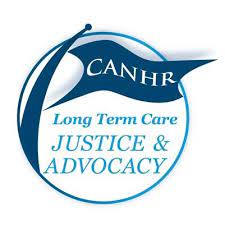If you suspect that your parent has been abused or neglected in a North County San Diego nursing home or assisted living facility, taking swift and decisive action is crucial. The consequences of elder neglect and abuse can be devastating, not only compromising the health and safety of your loved one but also causing irreparable harm to their emotional well-being. Southern California Nursing Home Law Group is here to support you and your family every step of the way, with over 20 years of experience representing victims of elder neglect and abuse. Our team is deeply committed to seeking justice for vulnerable seniors and ensuring that negligent facilities are held accountable for their actions.
Neglect and abuse in nursing homes can take many forms. Common types of neglect include failing to provide basic medical care, improper wound care for bed sores, malnutrition, dehydration, inadequate hygiene, and medication errors. In some cases, vulnerable seniors are left in soiled clothing for hours, experience prolonged isolation, or suffer from dangerous falls because of inadequate supervision or poor safety measures. These conditions are not merely oversights; they are violations of the duty of care that nursing homes owe to their residents. Elder abuse may also present as physical, emotional, or even financial harm, where residents are subjected to physical assaults, emotional torment, or exploitation of their finances by staff members. Any signs of bruising, rapid weight loss, behavioral changes, or unexplained injuries warrant immediate investigation and action.
The consequences of neglect and abuse in nursing homes can be severe, leading to long-term physical complications, psychological trauma, or even premature death. For families already grappling with the emotional burden of entrusting a loved one to the care of others, discovering mistreatment can be heart-wrenching. This is why holding nursing homes accountable is not just about seeking compensation for the harm caused; it’s also about promoting systemic change in the industry. When facilities are allowed to operate negligently without repercussions, more families stand to suffer the same fate. Pursuing justice sends a strong message that negligent behavior will not be tolerated, and it may prevent future incidents from occurring.
 Southern California Nursing Home Abuse Lawyer Blog
Southern California Nursing Home Abuse Lawyer Blog









